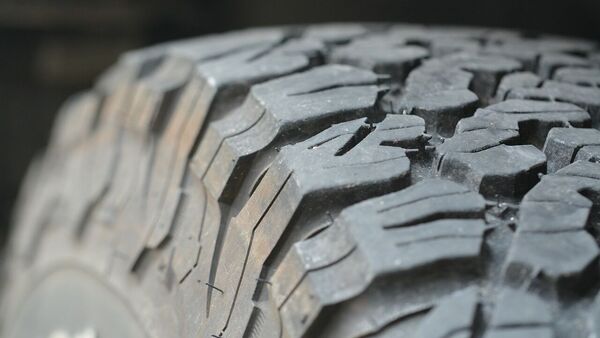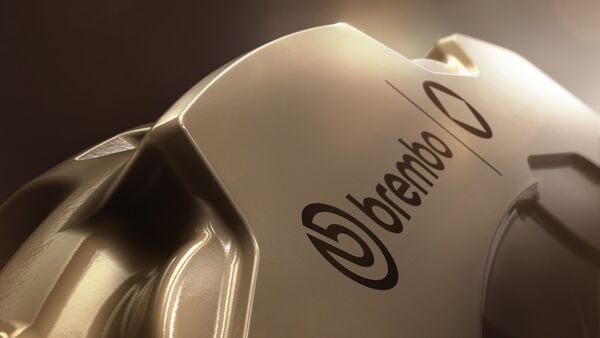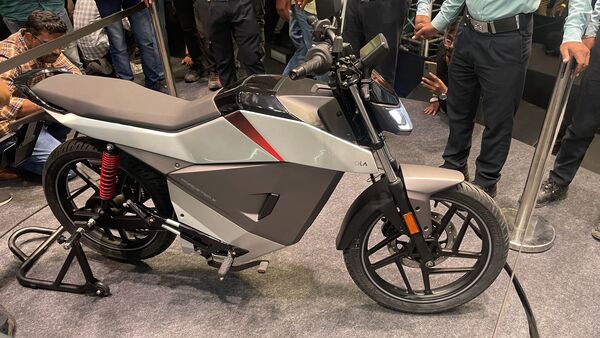
From All-Terrain to Low Rolling-Resistance: A guide to specialised tyres
5 months ago | 5 Views
Tyres are the only part of a vehicle that influences not just the handling but acceleration and braking performance, changing the dynamic of the entire vehicle. They are the only patch of contact between you and the road surface. Your vehicle must have the right kind of tyres for it to perform expectedly in every different terrain.
More than just the interface between vehicle and road they are also engineered to improve performance, control, safety and durability based on the vehicle's specifications and operating conditions. Given below is an in-depth look at different types of tyres with their specialised applications.
Understanding tyres: All-Terrain (AT) Tyres
All-terrain tyres are designed for vehicles that require the ability to transition between paved roads and going off-road terrain. Featuring large gaps and blocks even on the edges, these tyres offer decent traction on mud, gravel and snow. Although all-terrain tyres provide decent performance on highways, the aggressive tread pattern can increase road noise and reduce fuel efficiency compared to standard road tyres.
Understanding tyres: Mud-Terrain (MT) Tyres
Mud-terrain tyres cater to extreme off-road conditions, such as rocky or muddy trails. They feature larger blocks and tread patterns, ideal for loose or uneven surfaces. While exceptional off-road, mud-terrain tyres wreak havoc on paved roads being extremely loud and unstable to their rigidity and noise levels.
Understanding tyres: Performance Tyres
Performance tyres are tailored for high-speed driving, focusing on grip and precise handling. They are typically made with a softer rubber compound and specialised tread patterns for increased contact and stability at high speeds. Due to their high-grip composition, performance tyres tend to wear faster and may not perform as well in colder conditions.
Understanding tyres: Winter Tyres
Winter tyres, also known as snow tyres, are designed with deeper tread depths and unique rubber compounds that remain pliable at low temperatures and on snow. Winter tyres are ideal for icy conditions but can wear off quickly on dry, warm roads due to their softer composition.
Understanding tyres: Run-Flat Tyres
Run-flat tyres are engineered to function safely for a limited distance even after complete deflation. This is achieved through reinforced sidewalls that can support the vehicle’s weight temporarily. Run-flat tyres enhance safety but often have a firmer ride quality and can wear faster than standard tyres due to their stiffer construction.
Also watch: When To Replace Your Car Tyres? | All Things Auto | HT Auto
Low-rolling resistance tyres
Eco-friendly or low-rolling-resistance tyres are engineered to reduce energy consumption. Their composition typically includes advanced materials that optimise rolling efficiency and decrease carbon emissions. These tyres are more useful for electric vehicle applications, These tyres prioritise fuel efficiency and environmental impact but may sacrifice some grip and durability compared to standard tyres.
Read Also: Jeep Meridian vs Toyota Fortuner: Large SUV showdown, specs and features compared
HOW DID YOU LIKE THIS ARTICLE? CHOOSE YOUR EMOTICON !
#




















